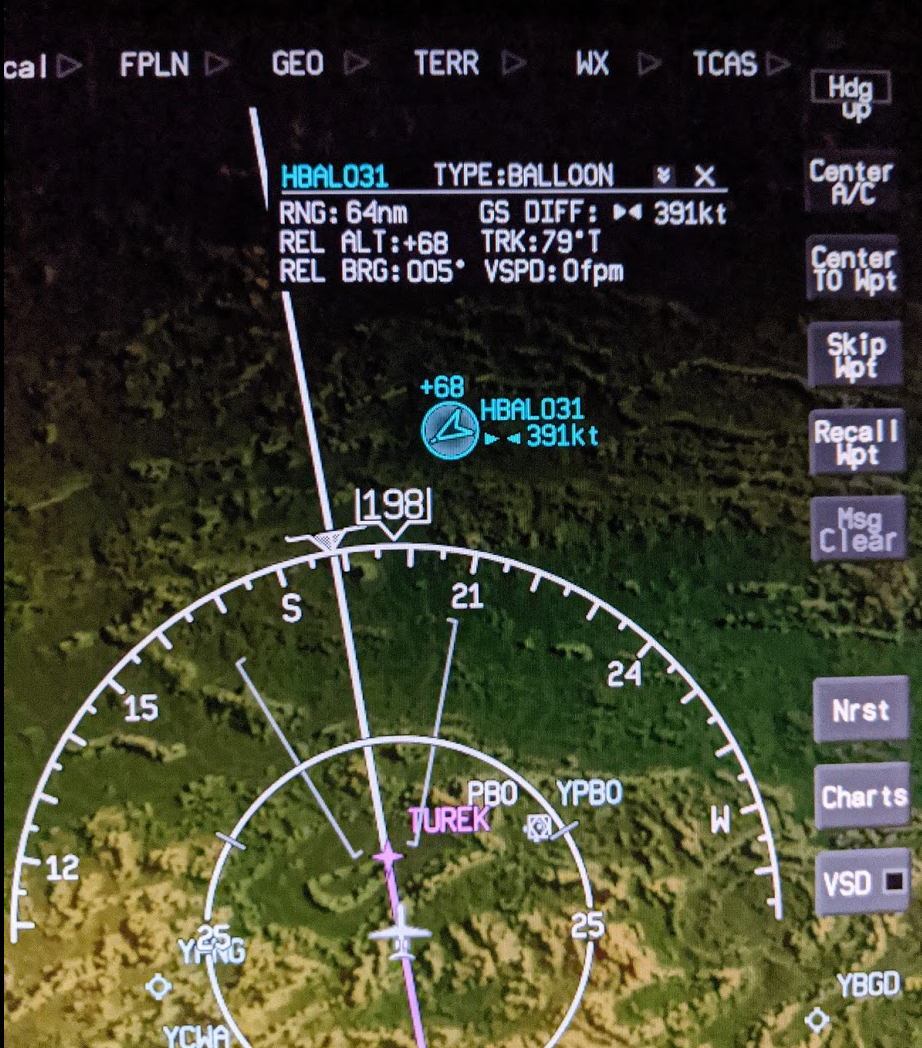

However, in a cell-free system, the forward reaction is very useful for making random RNA polymers.ģ. The physiological function of polynucleotide phosphorylase is to catalyze the reverse reaction, which is used in RNA degradation. Ochoa isolated the enzyme polynucleotide phosphorylase, and showed that it was capable of linking nucleoside diphosphates (NDPs) into polymers of NMPs (RNA) in a reversible reaction. The ability to synthesize random polynucleotides was another key development to allow the experiments to decipher the code. Mammalian (rabbit) reticulocytes: ribosomes actively making lots of globin.Ģ. This ability to carry out translation in vitro was one of the technical advances needed to allow investigators to determine the genetic code.Ī. Several different cell‑free systems have been developed that catalyze protein synthesis. The wild-type reading frame is restored after the 3 rd deletion (or insertion).ġ. Combinations of three different single nucleotide deletions (or insertions), each of which has a loss-of-function phenotype individually, can restore substantial function to a gene. In the latter case, the reading frame is maintained, with an insertion or deletion of an amino acid at one site. But those that add or delete three nucleotides have little or no effect. Length‑altering mutations that add or delete one or two nucleotides have severe defective phenotype (they change the reading frame, so the entire amino acid sequence after the mutation is altered.).
VSPD 005 CODE
Results of combinations of frameshift mutations show that the code is in triplets. 64 different combinations of four nucleotides taken three at a time).Ģ. With three nucleotides, the set of all combinations can encodeĤx4x4 = 64 amino acids (i.e. If a codon were two nucleotides, the set of all combinations could encode onlyĬ. 20 amino acids are encoded by combinations of 4 nucleotidesī. Three is the minimum number of nucleotides per codon needed to encode 20 amino acids.Ī. tRNAs serve as an adaptor for translating from nucleic acid to proteinġ. The machinery for synthesizing proteins under the direction of template mRNA is the ribosome.įigure 3.4.1. it "speaks the language" of nucleic acids at one end and the "language" of proteins at the other end. A charged tRNA has an amino acid at one end, and at the other end it has an anticodon for matching a codon in the mRNA ie. The adaptor molecule for translation is tRNA. Since there are 64 combinations of 4 nucleotides taken three at a time and only 20 amino acids, the code is degenerate (more than one codon per amino acid, in most cases). Each group of three nucleotides encodes one amino acid. The nucleotide triplet that encodes an amino acid is called a codon. This demonstrated that the coding unit is 3 nucleotides. Experiments testing the effects of frameshift mutations showed that the deletion or addition of 1 or 2 nucleotides caused a loss of function, whereas deletion or addition of 3 nucleotides allowed retention of considerable function.


 0 kommentar(er)
0 kommentar(er)
